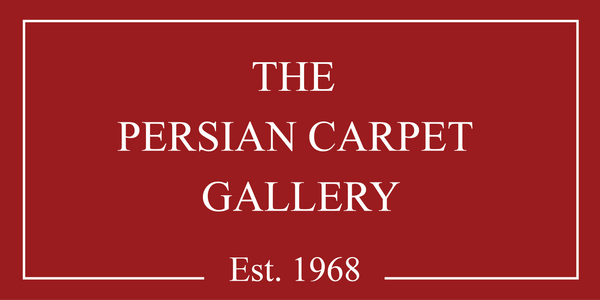Camel wool carpet
Woven primarily in the villages of Northwest Persian Azerbaijan and Kurdistan during the 19th and early 20th centuries, rugs and runners featuring undyed camelhair have consistently fascinated our clients. These versatile pieces find a place in homes, often showcased in gallery halls or spacious rooms, providing a striking contrast to the bold designs seen in contemporary paintings.
Camelhair, with its diverse earth-toned spectrum from blonde to tan, wheat, walnut, and chocolate brown, adds illumination and distinction to smaller areas or hallways. Despite the limited information in rug literature about Camelhair rugs, this article draws on numerous interviews with tribal elders and nearly five decades of hands-on experience with these rugs.
Originating mainly from Bakshaish, Serab, Malayer, and the Kurdistan province, including Bijar, camelhair rugs incorporate undyed fibers from various Persian and Caucasian weaving styles. The distinctive characteristics of major camelhair weaving groups are detailed below.
Bakshaish:
Highly sought after, top-tier 19th-century Bakshaish camelhair carpets are renowned for their inventiveness. The oldest ones feature spontaneous tribal designs with shield, dragon, and unique tree patterns, predominant before 1870. In the latter part of the 19th century, designs evolved to be more stylized and botanical, with saturated color palettes. Collectors value formats such as asymmetrical central medallions and striking mid-tone blue-toned corner pieces. Camelhair fields with "Tree of Life" or "Garden of Paradise" designs are particularly cherished.

The natural range of camelhair tones, combined with Bakshaish's spontaneous artistry, creates an emotionally resonant yet uniquely novel quality. Bakshaish camelhair rugs are still available in various sizes, from area rugs to corridor runners and oversize pieces, although in limited numbers.
Serab:
Located south of Heriz, Serab played a significant role in 19th-century camelhair rug creation. A unique weaving tradition, Serab frequently used camelhair and undyed ivory sheep's wool, resulting in understated field patterns reminiscent of damask. Single or multiple diamond-shaped medallions often float on intricately woven backgrounds, conveying a sense of quiet grandeur. Serabs, known for their fine knotting in geometric designs, are chosen as companions to more formal carpets, especially for runners or gallery carpets.

Antique Serab rugs and runners celebrate the nuanced tonal variations of camelhair, often framed with a wide guard stripe in unadorned camelhair, highlighting the fiber's constant striation of tonalities. Artisans crafted corridor carpets, narrow room sizes, and occasionally sumptuous oversizes and palace-sizes, making Serabs a natural choice for halls and passageways.
